The Liturgy Office has recently received a number of questions concerning the distribution of Holy Communion by means of intinction. Due to concerns regarding the spread of the flu and other illnesses during the winter months, many parishes have chosen to refrain from offering the Precious Blood via the chalice to communicants during this period. With this in mind, some have asked whether it still might be possible to offer Holy Communion under both species through intinction.
In response, the distribution of Holy Communion in this manner is indeed permitted in the United States. The General Instruction of the Roman Missal describes the process in this way:
If Communion from the chalice is carried out by intinction, each communicant, holding a Communion-plate under the mouth, approaches the Priest who holds a vessel with the sacred particles, with a minister standing at his side and holding the chalice. The Priest takes a host, intincts it partly in the chalice and, showing it, says, The Body and Blood of Christ. The communicant replies, Amen, receives the Sacrament in the mouth from the Priest, and then withdraws (287).
The following additional points concerning intinction should also be noted:
-Communion under both species is permitted in parishes of the Archdiocese of New York at the discretion of the pastor.
-When distributing the Precious Blood, Communion from the chalice is generally the preferred form in the Latin Church (Norms for the Distribution and Reception of Holy Communion Under Both Kinds for the Dioceses of the United States of America, 42).
-Communicants are never permitted to self-communicate, including by means of intinction (50).
-Bearing in mind that it is the choice of the communicant, and not the minister, to receive the Precious Blood, when Holy Communion is distributed by way of intinction, communicants should be given the option to receive the host only (46).
